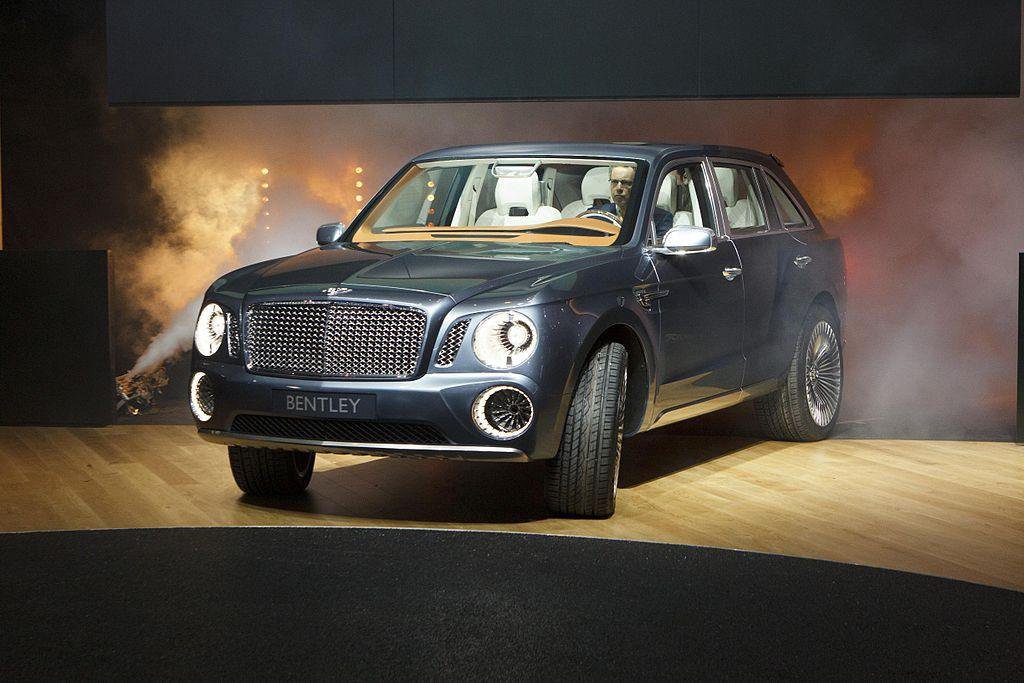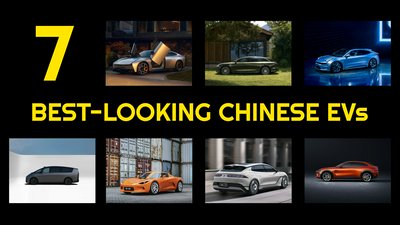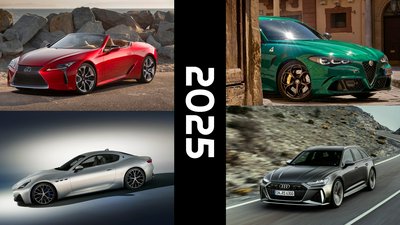techParis
The Rise of the Crossover
Confusion in the automotive industry & the Death of an era: DrJLT expresses regret for an industry with a compromised product as their blood line....

All good things must come to an end, and today certainly isn't a time for automotive purists. If cars ceased to be objects of art by the dawn of WWII, if the oil crisis caused the extinction of larger-than-life vehicles that the working class could aspire to, and if electronification distanced the car from the driver, it is the rise of the crossover that portend to end car as we know it.
What is a crossover? It's a compromise between car and truck, a do-it-all but excel-at-none contrivance, a marketing term when "SUV" was frowned upon, and one that marketing departments now shun as SUVs are "in" again. Built on hatchback and economy car (and granted sometimes executive car) platforms, it appears to be off-road-worthy but usually has nothing beyond some ground clearance and the pretense. Its bulk and ride-height, meanwhile, robs it the smoothness and handling of cars on which it is based. It's awkward; it's ugly; it wants to be your SUV when you're in the truck mood and your sports car when the other half of you takes over, succeeding in neither.
Then, why is the crossover so loved? Perhaps because wealth division has reached a new level in our post-industrial era: the rich has become so rich that automobiles, perhaps save for the Koenigseggs, the Paganis, the Bugattis, and the sparse limited-production Ferraris, are no longer worthy toys, while the poor at least in the West can't afford multiple cars in the family. Or perhaps it's a reflection of the confusion that's been growing in our society since the end of WWII. We want everything, and we want it now! We're the good, we're the smart, we're the righteous, and we are right! Increasingly, we can no longer tell what is bad, what is stupid, what is corrupt, or what is wrong. We have become a caricature of ourselves. It therefore is no surprise that our once treasured beasts have grown fat and flashy yet flat and empty.
Ada Louise Huxtable wrote in The New York Times prior to the demolition of the original Pennsylvania Station, "We will probably be judged not by the monuments we build but by those we have destroyed.1" But I say if we build in their place something we wish to love but don't love to wish for, it'd be them by which we'll be judged.
[1] Ada Louise Huxtable, "Farewell to Penn Station," The New York Times, 30 October 1963.
This article was originally published on my old site jlteng.com on 28 November 2017.



